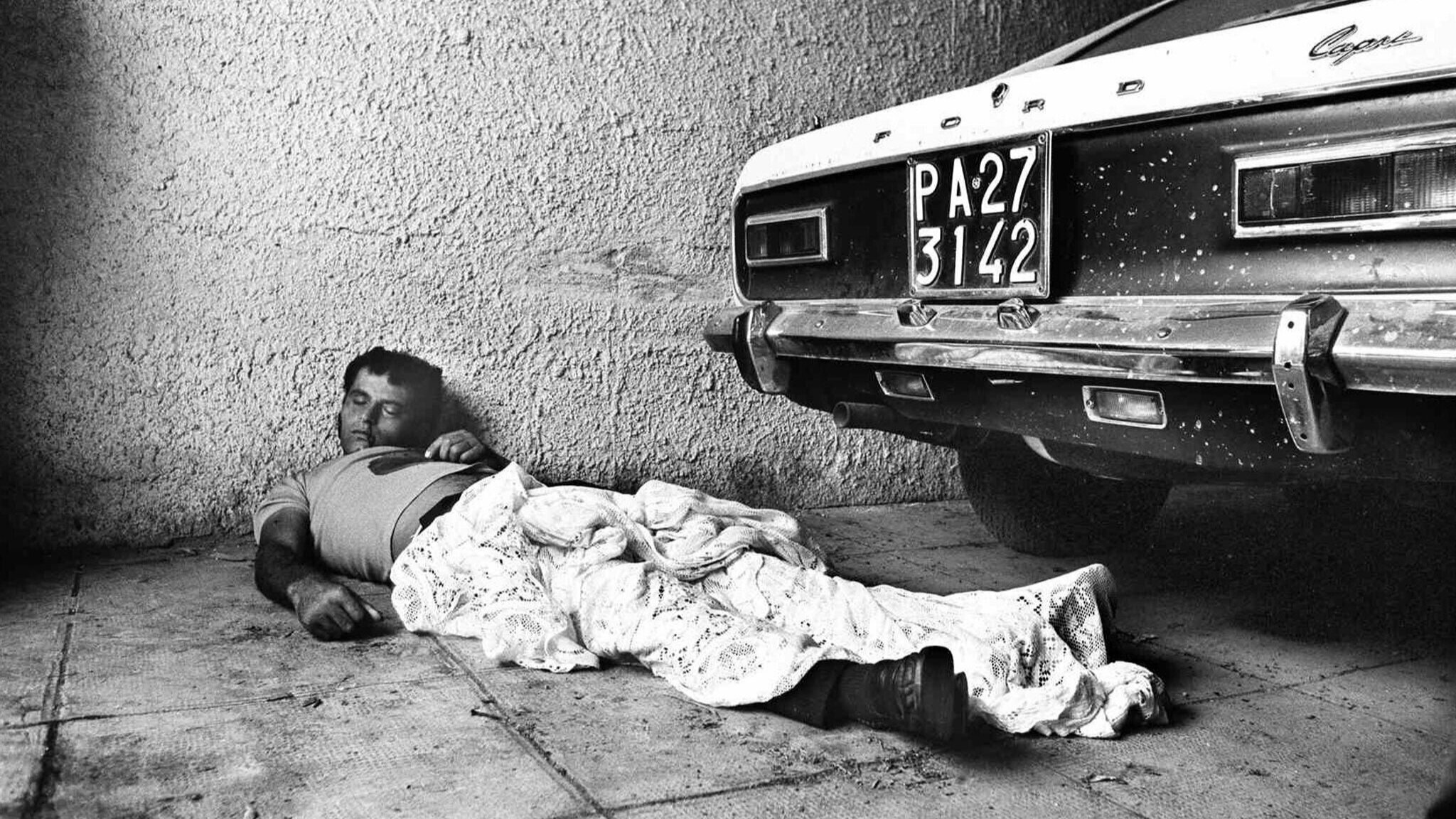Shooting the Mafia
There's a problem of focus in this film attempting to study both a Sicilian photographer and the Mafia.
Kim Longinotto is a well-established documentarian who for me hit her peak in 2015 with Dreamcatcher. Shot in Chicago's East Side, that film had a compelling central figure in the person of a black woman named Brenda Myers-Powell who, having overcome her own past as a prostitute, confirmed her rehabilitation by setting up the Dreamcatcher Foundation to help local women in need of assistance. More than just a telling study of a remarkable woman, Dreamcatcher was also a powerful depiction of the lower levels of society. I mention that earlier film because one has the impression that Shooting the Mafia is seeking to follow the same format by combining a personal portrait with a social document. Unfortunately, the balance is much less adept this time around.
Shooting the Mafia starts out as a straightforward biopic about an octogenarian from Palermo, Letizia Battaglia. Her claim to fame lies in the fact that, having moved into journalism after an unhappy early marriage, she decided that photography was not just better than writing but the true love of her life. Living as she did in an area where the number of killings by the Mafia could reach as many as a thousand deaths in a single year, her notable photographic career had the Cosa Nostra as its central focus. Having started out on this in the days when the Mafia were killing the Mafia, she would still be functioning later when establishment figures came into their sights, not least the admirable investigating judge Giovanni Falcone and another well-intentioned judge, Paolo Borsellino. Telling Letizia's story therefore also means telling the story of the Sicilian Mafia.
The basic trouble with this enterprise is that Battaglia is far less rewarding a subject than Myers-Powell. Strictly disciplined as a child, she would later embrace promiscuity as an act of rebellion and we hear from two longer-lasting ex-lovers, but all of this fades into insignificance compared to the history of the Mafia. That has played a part in other films too, of course, yet there is enough impact still for it to seem a limitation that Battaglia is made the centre of attention here. Treating her in that way results in the first half of Shooting the Mafia recreating her earlier life by inserting period clips from old cinema features - look out for Raf Vallone in 1951's Anna! - and from newsreels, while later on we cannot always tell if images from the 1970s consist of more such shots, extracts from television programmes or actual photographs taken by our central figure.
The material about the Mafia retains its power and Battaglia herself is at the very least a strong survivor. For that reason, Shooting the Mafia is certainly not without some interest. Even so, the sense that the focus adopted is not really the right one and that Battaglia is really just a subsidiary figure in the Mafia story is underlined by the film's concluding passages. As fate catches up with Mafia bosses at last (we see footage from 1993 and 2006), we feel that this is the material that counts. But the film then goes on to reveal that, despite Letizia Battaglia now being in her eighties, she has acquired a new and much younger admirer. Frankly, though, my response to that news was that in this context her love life is of minimal interest.
MANSEL STIMPSON
Featuring Letizia Battaglia, MariaChiara Di Trapani, Santi Caleca, Eduardo Rebulia, Franco Zecchin, Roberto Timperi.
Dir Kim Longinotto, Pro Niamh Fagan, Ed Ollie Huddleston, Music Ray Harman.
Screen Ireland/Lunar Pictures/Impact Partners-Modern Films.
94 mins. Ireland/USA. 2019. Rel: 29 November 2019. Cert. 15.


